The brain is part of the encephelon, a group of organs that control and direct the entire human body.
It looks like a spongy mass, and an average human brain weighs 1.3 kilos.
The brain is located inside the skull, the bony structure of the head. Three layers of membranes called meninges separate the skull from the brain, protecting the brain from shock and infection.
The brain is formed from particles known as neurons. The human brain is believed to contain some 100 billion neurons.
The neurons communicate with one another using electrical impulses. This communication allows the body to work and the mind to think.
The most external part of the brain is called the cerebral cortex, a grouping of neurons between two and six millimeters thick that covers the top part of the organ.
The brain stem divides the cerebral cortex into two hemispheres, the right and the left.
The right hemisphere controls movement and sensitivity on the left side of the body, while the left hemisphere controls the right side.
Most researchers believe that the right side of the brain is the creative side, focused on creativity and perception, and that the left side is more closely linked to language and rational thought.
The two hemispheres are connected via the corpus callosium, a patch of white matter that facilitates communication in the brain.
Deep inside the brain itself, beneath the cerebral cortex, there are numerous other structures. The hippocampus, for example, regulates memory. The amygdala controls emotions. The hypothalmus regulates hunger, thirst and body temperature.
The lower part of the brain is known as the brainstem, and controls functions like breathing and heart rate.
At the base of the stem, the brain connects to medulla, which fills the spinal cord with fluid. Most nerves originate in the medulla, threading their way throughout the entire body. Other nerves originate directly in the brain. In this way the brain acts as an electro-chemical intermediary with the entire organism. It receives data, studies it, and sends out orders.
Ancient Egyptians believed the heart, not the brain, controlled thinking.
In the 4th Century BC, Greek philosopher Aristotle suggested the brain’s only function was to cool the blood.
In the 15th Century, thanks to early dissection and autopsies, the brain’s massive role became clearer.
Even today, the brain contains its share of mysteries.
For example, until recently it was thought that neurons decreased with age. But new studies have demonstrated that they continue to regenerate throughout our lives.
It looks like a spongy mass, and an average human brain weighs 1.3 kilos.
The brain is located inside the skull, the bony structure of the head. Three layers of membranes called meninges separate the skull from the brain, protecting the brain from shock and infection.
The brain is formed from particles known as neurons. The human brain is believed to contain some 100 billion neurons.
The neurons communicate with one another using electrical impulses. This communication allows the body to work and the mind to think.
The most external part of the brain is called the cerebral cortex, a grouping of neurons between two and six millimeters thick that covers the top part of the organ.
The brain stem divides the cerebral cortex into two hemispheres, the right and the left.
The right hemisphere controls movement and sensitivity on the left side of the body, while the left hemisphere controls the right side.
Most researchers believe that the right side of the brain is the creative side, focused on creativity and perception, and that the left side is more closely linked to language and rational thought.
The two hemispheres are connected via the corpus callosium, a patch of white matter that facilitates communication in the brain.
Deep inside the brain itself, beneath the cerebral cortex, there are numerous other structures. The hippocampus, for example, regulates memory. The amygdala controls emotions. The hypothalmus regulates hunger, thirst and body temperature.
The lower part of the brain is known as the brainstem, and controls functions like breathing and heart rate.
At the base of the stem, the brain connects to medulla, which fills the spinal cord with fluid. Most nerves originate in the medulla, threading their way throughout the entire body. Other nerves originate directly in the brain. In this way the brain acts as an electro-chemical intermediary with the entire organism. It receives data, studies it, and sends out orders.
Ancient Egyptians believed the heart, not the brain, controlled thinking.
In the 4th Century BC, Greek philosopher Aristotle suggested the brain’s only function was to cool the blood.
In the 15th Century, thanks to early dissection and autopsies, the brain’s massive role became clearer.
Even today, the brain contains its share of mysteries.
For example, until recently it was thought that neurons decreased with age. But new studies have demonstrated that they continue to regenerate throughout our lives.
RELATED


DEER
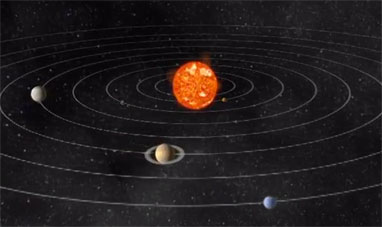

THE SOLAR SYSTEM


ELECTRIC CAR
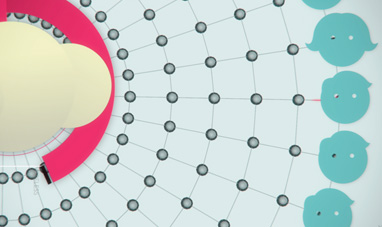

CLOUD COMPUTING
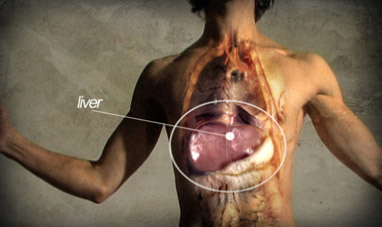

THE LIVER
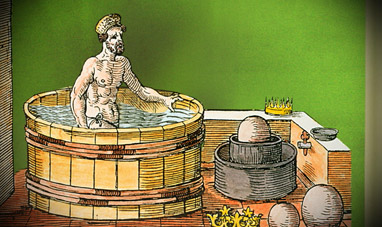

ARCHIMEDES' PRINCIPLE
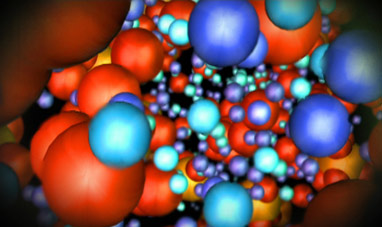

QUANTUM PHYSICS
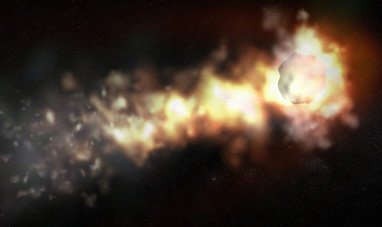

METEORITES


FALCON
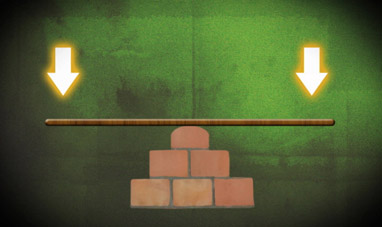

FORCE, EQUILIBRIUM AND LEVERAGE
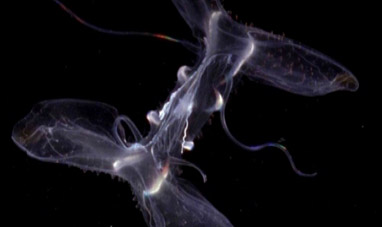

JELLY FISH


TUNA


FLEA


SALMON


SEAL


HYDROPOWER
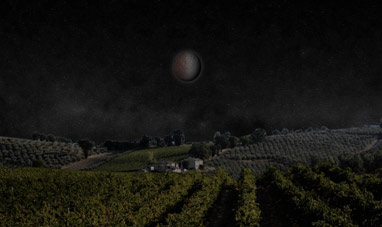

LUNAR ECLIPSES


SKIN


SQUID


DOG


ANACONDA
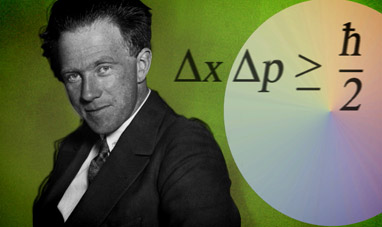

THE HEISENBERG PRINCIPLE


FROG
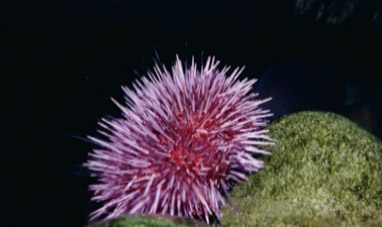

SEA URCHIN


ELEPHANT


WHEAT


RIVERS
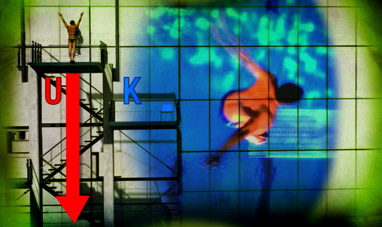

KINETIC, POTENTIAL AND MECHANIC ENERGIES
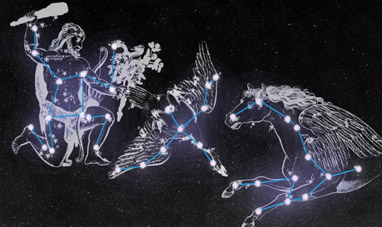

CONSTELLATIONS
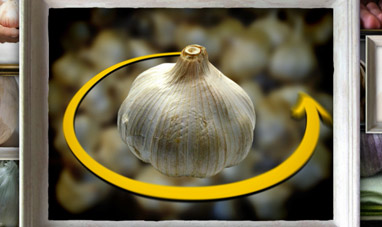

GARLIC


LOTUS PLANT


SOLAR THERMAL ENERGY
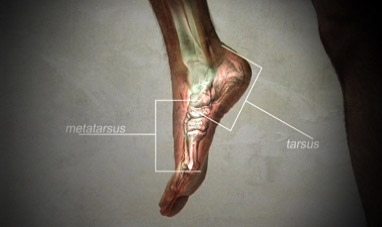

THE FEET


BOA
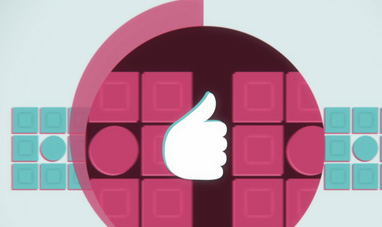

BIG DATA
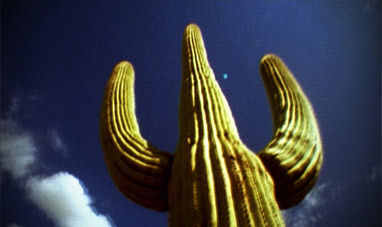

CACTUS
